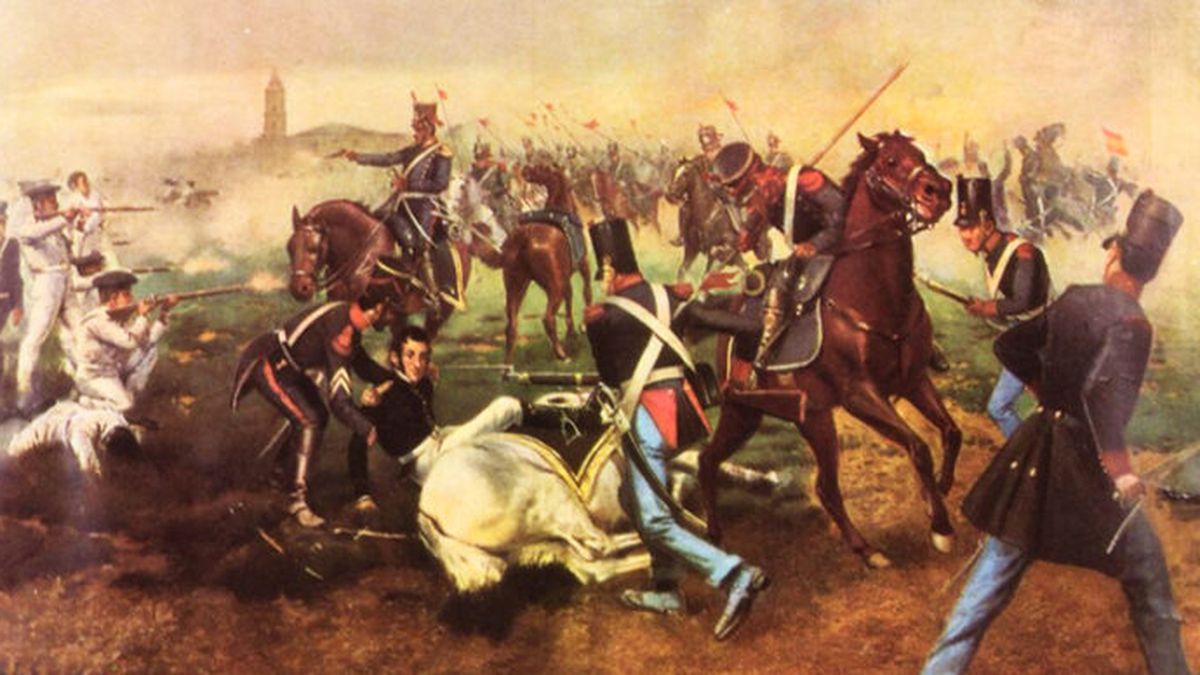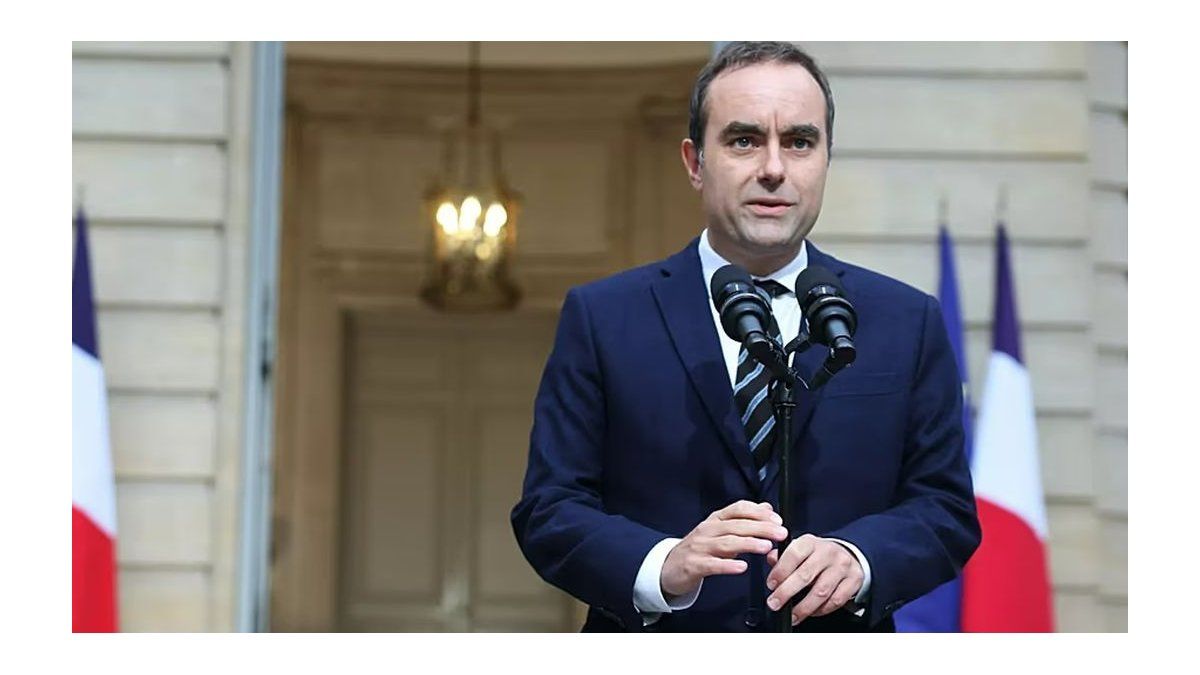Because we all know, to a greater or lesser extent, details of the life of San Martín, Belgrano or Sarmiento. But there are other names that played an important role in our birth as a sovereign nation. They are little known. As is the case with our protagonist today: Sergeant Cabral.
Perhaps, because he was a simple soldier. But even so, his courage allowed him to save the life of someone who would later play a great role in our creation as a sovereign country and who, furthermore, would later liberate sister countries, such as Chile and Peru, from the Spanish yoke.
It almost goes without saying that I am referring to General San Martín.
Cabral was born in the province of Corrientes in 1783, five years after the Liberator.
He was the son of a black slave and an indigenous, that is, zambo. Already his name: Juan Bautista Cabral. “Sergeant Cabral”.
To think that his name is better known, since a famous march alludes to it, which we have all sung at school, in our childhood. is the “March of San Lorenzo”.
The music for the famous march was written by another moreno, a Uruguayan named Cayetano Silva.
Who does not remember the lyrics at the beginning written by Carlos Benielli! “Febo appears, and its rays that illuminate the historic convent”. And even more so, the chorus, so famous, which alludes to “Cabral, heroic soldier, covering himself with glory…”
The combat of San Lorenzo, originated as a consequence of the incursions, of which the coasts of the Uruguay and Paraná rivers were object, by the Spanish forces established in Montevideo.
The government of Buenos Aires ordered the then Colonel San Martín, who with part of his regiment of “Horse Grenadiers” protect the coasts of the Paraná.
The royalists, under the command of Commander Zabala -a very capable soldier-, disembarked and began to advance towards the monastery of San Lorenzo. But San Martín faced them with his high military capacity.
And in just 15 minutes he tilted the fight in his favor. But a volley of rifle fire felled his horse.
What follows is well known. As he fell, the animal squeezed the leg of San Martín, who, with his well-known intrepidity, was a few meters from the Spaniards.
A brief knife fight immediately developed around San Martín, who was unable to join. His own horse prevented him. The scene was dramatic.
A soldier, Juan Bautista Cabral, already wounded by a bullet in the knee, freed his leader from the dead horse that was pressing on his leg. He succeeded, but he received two wounds at the time, which left him dying. But with enough integrity to be able to say his last words:-“I die happy. We have beaten the enemy.”
And today I wanted to pay my modest tribute to this soldier who – curious case – was promoted by posterity.
Because having died as a brave soldier, but a soldier at last, future generations transformed him into the Sto. Cabral.
It could be said that he was a man who was born with his death.
And a final aphorism for Juan Bautista Cabral that I consider pertains to him.
“Many men used their fellow men. But others died for them.”
Source: Ambito




